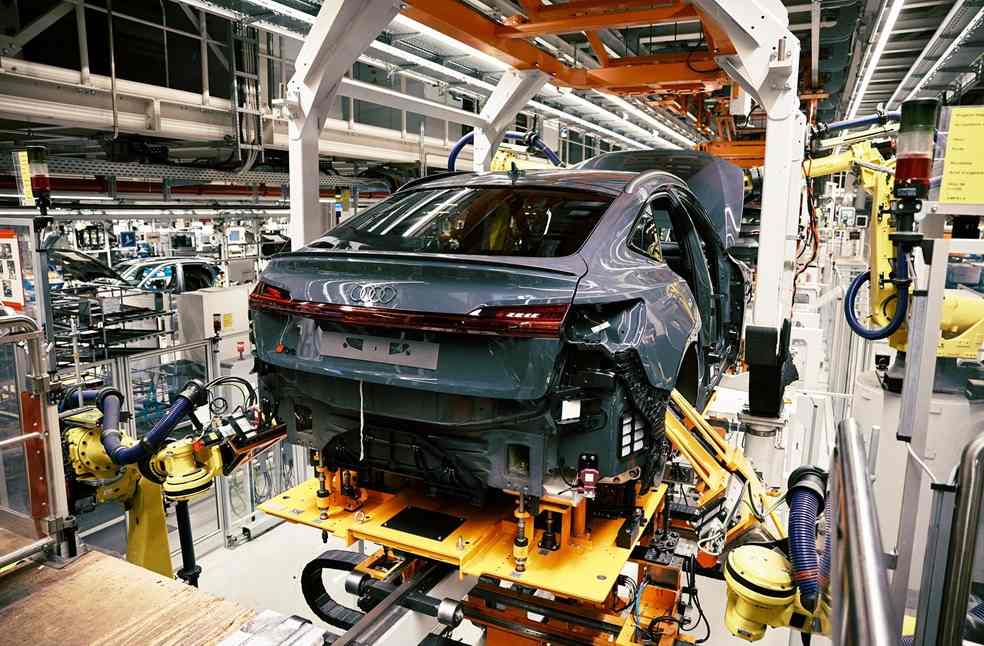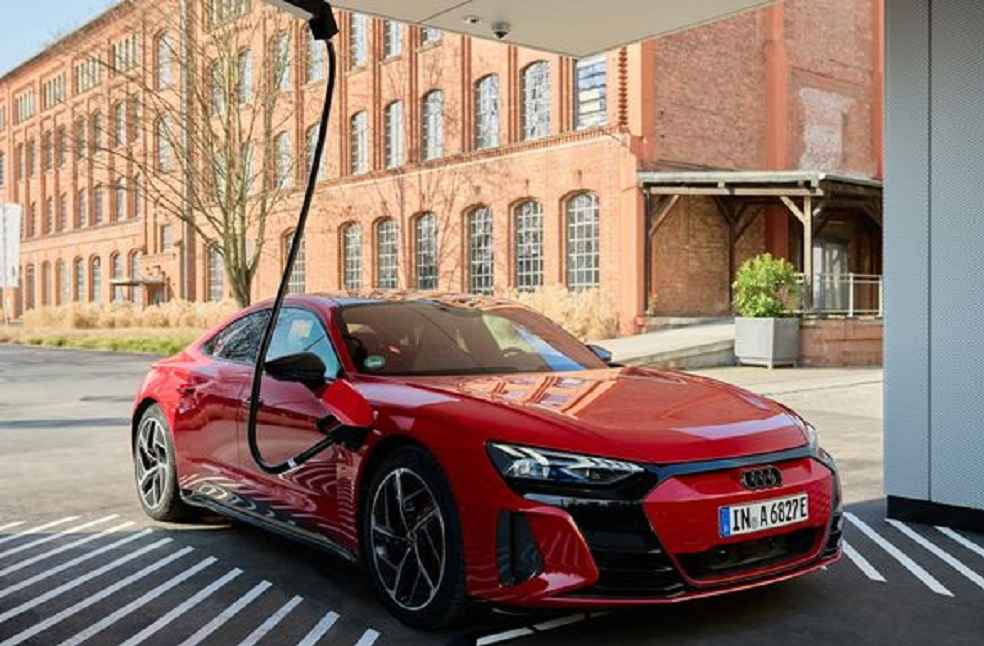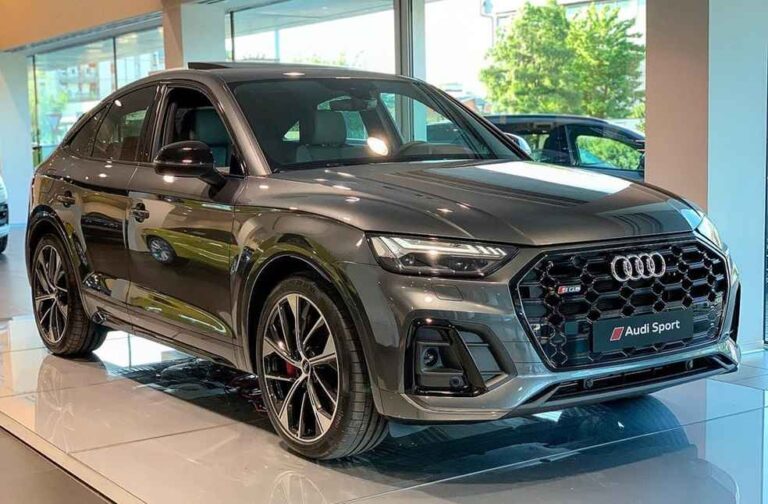Audi is strategizing to sidestep new U.S. tariffs by shifting its electric vehicle production to the U.S. After the Trump administration enacted a 25% tariff on electric vehicles imported from outside North America on May 3. The automaker is now evaluating three potential manufacturing sites in the U.S. to mitigate the financial impact. By producing vehicles within the U.S., the company aims to bypass the costly import fees and maintain its competitive edge in the American market
According to sources cited by Germany’s Automobilwoche, Audi is exploring Volkswagen Group’s U.S. facilities as part of its transition strategy. One potential plan involves producing the Q4 E-tron or its successor at VW’s Chattanooga, Tennessee, plant. Given that the factory already manufactures the VW ID.4—built on the same MEB electric platform as the Q4 E-tron—it stands out as a practical option for Audi’s EV production shift.

Audi is reportedly weighing the option of producing the Q8 E-tron at the upcoming Scout Motors facility in Columbia, South Carolina. Originally planned for assembly in Mexico, the midsize electric SUV may now be shifted to South Carolina, which could prove to be a more economical choice following the introduction of tariffs.
A potential third production site could be designated for the upcoming Q6 E-tron, which is currently manufactured at Audi’s headquarters in Ingolstadt, Germany. If the automaker opts to assemble models for the American market in the U.S., the exact location remains uncertain. However, more details on the decision are expected to emerge in the coming months.

While Audi has yet to make any official declarations, the company is openly intensifying its efforts to strengthen its presence in the U.S. market. A spokesperson told Automotive News Europe that multiple options are being evaluated, with a final decision anticipated in coordination with the Group before the year’s end.
During a May 5 earnings call, Audi CFO Jürgen Rittersberger revealed that the automaker is gearing up to introduce 10 new models in the U.S., with production sites set to be finalized by the close of 2025.
GENERAL | Germany’s Automotive Boom Fuels Surge in PP Compound Demand





